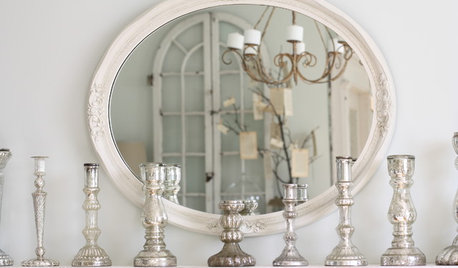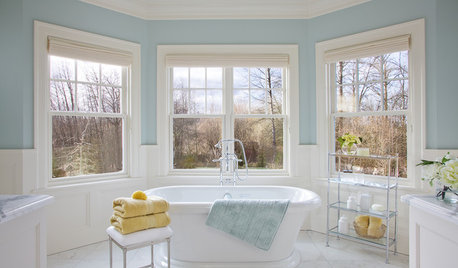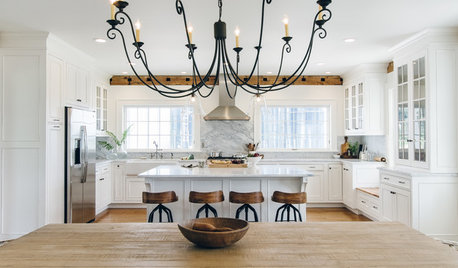Best wax/polish for wood furniture?
IdaClaire
15 years ago
Featured Answer
Comments (28)
IdaClaire
15 years agoRelated Professionals
Boise Interior Designers & Decorators · Tahoe City Interior Designers & Decorators · Kirkland Furniture & Accessories · Aliso Viejo Furniture & Accessories · Los Gatos Furniture & Accessories · Sudbury Furniture & Accessories · Zionsville Furniture & Accessories · Richmond Custom Artists · La Crescenta-Montrose Custom Artists · Campbell Window Treatments · Dallas Window Treatments · Greensboro Window Treatments · Littleton Window Treatments · Ojus Window Treatments · Winter Garden Window TreatmentsKathleen McGuire
15 years ago2ajsmama
15 years agojerseygirl_1
15 years agowestern_pa_luann
15 years agoUser
15 years agotinam61
15 years agoIdaClaire
15 years agoUser
15 years agoIdaClaire
15 years agoUser
15 years agochiefneil
15 years agoIdaClaire
15 years agobudge1
15 years agosusieq07
15 years agobodiCA
15 years agoUser
15 years agochiefneil
15 years agobodiCA
15 years ago2ajsmama
15 years agomclarke
15 years agospurjim
13 years agokubilius_comcast_net
13 years agogerrie9
11 years agojustsaying
11 years ago13111y
6 years agoRyan Olivieri, Inc.
6 years ago
Related Stories

REMODELING GUIDESWood Floor Care: Polish Your Skills
Help your wood floors stay gorgeous by learning how to keep stains, dullness and warping at bay
Full Story
HOUSEKEEPINGThe Simple Way to Remove Wax From Candlesticks
Before you make a mess of things, read these easy steps for removing melted wax from your candlesticks
Full Story
HOUZZ TOURSMy Houzz: Polished Urban Sanctuary in Toronto
Suited perfectly to its working-class downtown neighborhood, an engineer's modern home is an airy and spacious retreat
Full Story
HOUZZ TOURSHouzz Tour: Bright, Polished Vermont Cabin
Using local woods, plentiful windows and a keen eye for design, an architect builds a sleek cabin in the mountains of Vermont
Full Story
DECORATING STYLES10 Polished Looks for a Bedroom Makeover
Pretty as a posy? Naturally rough? Whatever you're craving for a new year's bedroom refresh, these styling ideas can help you get there
Full Story
BEDROOMS14 Steps to a Perfectly Polished Bedroom
Go from procrastination to gorgeous presentation with our bedroom decorating guide that covers all the details
Full Story
DECORATING GUIDES15 Ways to Give Your Home Personal Polish
Let your home sing your praises with decorating touches that reflect your unique personality
Full Story
BATHROOM DESIGNGive a Traditional Bathroom True Polish With Accessories
As lovely as they are practical, these bathroom accessories have a classic look but keep modern needs in mind
Full Story0

WHITE KITCHENS4 Dreamy White-and-Wood Kitchens to Learn From
White too bright in your kitchen? Introduce wood beams, countertops, furniture and more
Full Story
MATERIALSWoodipedia: Walnut Wows in Traditional and Modern Settings
With its rich color and lustrous polished finish, walnut is a favorite wood for all kinds of millwork
Full Story










teacats